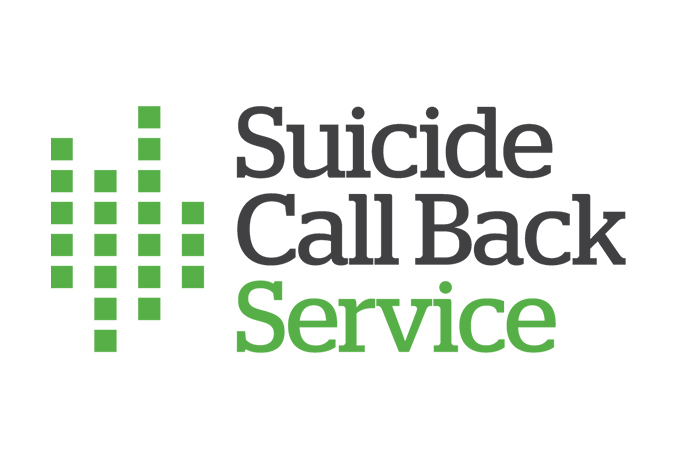When dealing with a suicidal client, it is crucial to complete a risk assessment to determine the level of suicidal intent, plans, and availability of means. While there are no definite criteria to choose between inpatient and outpatient care, a client with a plan, access to lethal means, and a specific timeframe is considered high-risk, and hospitalisation should be considered.
Facilitate a thorough risk assessment
Observe and assess verbal and non-verbal cues
Many tools used by health professionals to assess suicide risk rely heavily on verbal information from the client. However, the majority of interpersonal communication is non-verbal. To facilitate a more thorough risk assessment, both verbal and non-verbal cues must be assessed.
Examples of non-verbal cues:
- Downcast eyes
- Less attention to appearance
- Psychomotor retardation of speech or movement.
Examples of verbal cues:
- “Everyone would be better off without me.”
- “I don’t think I can take this much longer.”
Ask probing questions
By asking some probing questions, you can begin to assess the risk of suicide. Here are some examples:
- “Other people with similar problems sometimes lose hope and can have thoughts of suicide. Are you having thoughts of suicide?”
- “With this much stress, have you thought about ending your life?”
- “Have you ever thought about killing yourself?”
What to explore in a risk assessment
A comprehensive suicide risk assessment should explore the following:
Current suicidal thoughts
- Are suicidal thoughts present?
- When did these thoughts begin?
- How persistent are they?
- Can they control them?
- What has stopped the person acting on their thoughts so far?
Presence of a suicide plan
- Has the person made any plans to end their life?
- Is there a specific method and place?
- How often does the person think about the plan?
Important note: A suicide plan or preparation for death, such as saying goodbyes and putting affairs in order, indicates serious suicidal intent. In situations where a client is assessed to be at high or imminent risk of suicide, immediate actions are critical.
Assess immediate safety
- Enquire about means: Ask if the client has access to means of harm (e.g. medication, weapons) and about any plans they might have to end their life.
- Enquire if the client has already taken any steps toward ending their life.
- Encourage the client to remove or step away from any means, if possible.
- Ascertain the lethality of the means.
- Have an awareness that some occupations have ready access to means, e.g. police officers, farmers (guns), health workers (medication).
- Enquire if the client can stay safe whilst you’re interacting with them.
- Establish if the client is alone/with others or if they feel they can reach out to their support networks.
- Enquire if the client feels able to call 000.
Important Note: If a person has developed a potentially fatal or effective plan and has the means and knowledge to carry it out, the chances of dying from suicide are much higher.
History of suicidal behaviour
- Has the person felt like this before?
- Has the person previously tried to take their life?
- What were the details and circumstances of the previous attempts?
- Are there similarities in the current circumstances?
Communicating with an emotionally distressed person can be difficult, but it is important to persist and gather the information required to estimate the risk, identify protective factors, and determine the appropriate management.
The communication approach
Some suggestions when talking
Here are some suggestions for when you are talking to your client:
- Establish rapport – adopt open body language (maintain eye contact, lean forward and use a quiet voice).
- Use a calm, patient, non-judgemental, and empathic approach.
- Begin with supportive statements and open-ended enquiries. E.g. “I hear how difficult things are for you at this time. Some of my clients with similar problems/symptoms have told me that they have thought about ending their life. I wonder if you have had similar thoughts?”
Risk assessment questions
A hierarchy of screening questions that gently leads to asking about suicidal intent is an accepted method of risk assessment. Ask specific questions about self-harm, suicidal thoughts, plans, attitudes towards suicide, history of suicidal behaviour, thoughts of death, and feelings of hopelessness.
These may include:
- “Are you feeling hopeless about the present or future?”
- “Have things been so bad lately that you have thoughts that you would rather not be here?”
- “Have you had thoughts about taking your life?”
- “When did you have these thoughts?”
- “Do you have a plan to take your life?”
Protective factors for suicide
In addition to an assessment of the risk, a comprehensive approach to management of suicide focuses on the identification and fostering of protective factors, which reduce the risk of suicide.
Protective factors to consider when creating a management plan
Personal:
- Adaptive coping skills
- Effective problem-solving skills
- Self-understanding
- Sense of competence
Work:
- Supportive work environment
- Positive relationships with colleagues
- Professional development opportunities
- Access to employee assistance programs.
Family:
- Relationship to family
- Sense of responsibility.
Community:
- Involvement and opportunities to participate
- Affordable, accessible supportive services.
Managing the risk of suicide
In consultation with the client, decide on the next steps to maintain safety by creating a safety plan. This could involve contacting the client’s supports, referral to an appropriate mental health service, or presenting at the emergency department. You can also use the free Beyond Now app, which can help the client create a structured safety plan.
For more information about support options for someone at risk, please refer to Assessing Support for Clients at Risk.
If someone is in danger or it is an emergency, call 000.
Suicide Call Back Service is a free national telephone and online helpline delivered by professional counsellors. The service is available 24/7. Call 1300 659 467.







